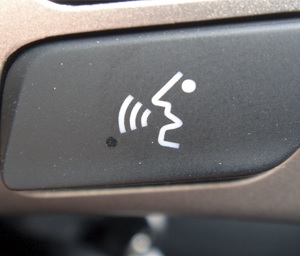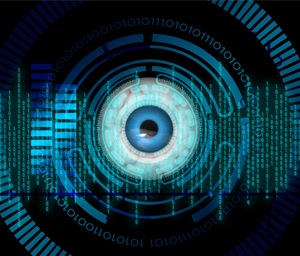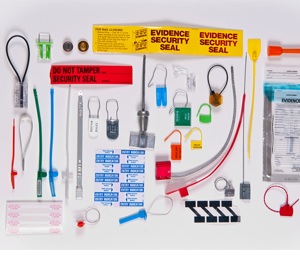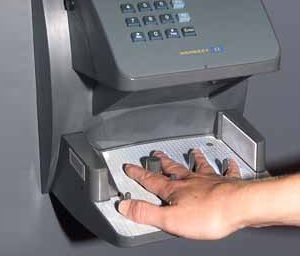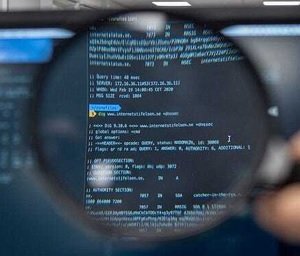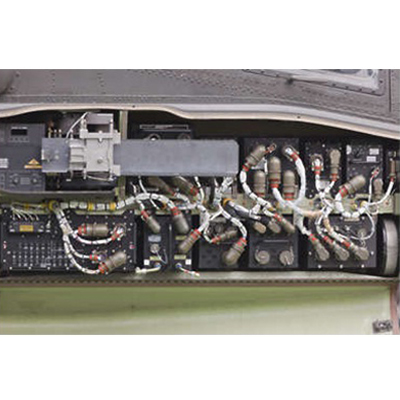Biometrics in Battle: Securing Military Facilities with Precision 24 June 2024

In today's world, the security of military installations is paramount. With the ever-evolving threat landscape, traditional security measures are no longer sufficient. The integration of advanced biometric technologies is revolutionizing military base access, ensuring that only authorized personnel can enter sensitive areas. This article delves into the various biometric technologies being employed to enhance access control and identity verification in military facilities.
The Role of Biometrics in Military Base Access
Biometrics refers to the measurement and statistical analysis of people's physical and behavioral characteristics. This technology is used for secure identification and access control in military environments. Biometric sensors are now a crucial component of security systems in military bases, providing precise and reliable methods to verify the identity of individuals.
Facial Recognition
Facial recognition technology is one of the most prominent biometric methods used for military base access. This technology analyzes the unique features of an individual's face to verify their identity. It is particularly effective in high-security areas where quick and accurate identity verification is essential. Facial recognition systems are integrated into security protocols to ensure that only authorized personnel can enter restricted zones.
The use of facial recognition in military settings offers numerous advantages. It provides a non-intrusive and quick method for identity verification, allowing for smooth and efficient entry processes. Moreover, facial recognition can be used in conjunction with other biometric methods to create a multi-layered security system that is more difficult to bypass.
Fingerprint Scanning
Fingerprint scanning is another widely used biometric technology in military facilities. This method involves capturing the unique patterns of an individual's fingerprints for secure identification. Fingerprint scanning is highly accurate and difficult to forge, making it a reliable method for access control. It is commonly used at entry points to verify the identities of military personnel and contractors.
The deployment of fingerprint scanning technology ensures that only individuals with authorized fingerprints can gain military base access. This method is particularly effective when combined with facial recognition and other biometric technologies, providing a robust and comprehensive security system.
Voice Recognition
Voice recognition technology analyzes an individual's voice patterns to verify their identity. This method is particularly useful for access control in communication systems and secure areas where hands-free operation is necessary. Voice recognition can be integrated with other biometric systems to enhance the overall security of a military base.
The integration of voice recognition into security protocols allows for seamless and efficient identity verification, especially in scenarios where quick decision-making is crucial. This technology also adds an additional layer of security, making it more challenging for unauthorized individuals to gain access.
Iris Recognition
Iris recognition technology uses the unique patterns in the colored part of the eye to verify an individual's identity. This method is extremely accurate and is often used in conjunction with other biometric technologies for secure identification. Iris recognition systems are deployed in high-security areas within military bases to ensure that only authorized individuals gain access.
The precision and reliability of iris recognition make it an ideal choice for military base access. It is nearly impossible to replicate the intricate patterns of the iris, ensuring that the security system remains robust against potential breaches.
Biometric Sensors and Intrusion Detection
Biometric sensors play a crucial role in intrusion detection systems within military facilities. These sensors can detect unauthorized attempts to breach security perimeters and trigger alarms. Perimeter monitoring with biometric sensors enhances physical security by providing real-time alerts and ensuring a rapid response to potential threats.
The implementation of intrusion detection systems using biometric sensors ensures that any unauthorized attempts to access the military base are swiftly identified and addressed. This enhances the overall physical security of the facility, making it more secure against potential intrusions.
Integrated Security Systems
Military bases require comprehensive security systems that integrate various biometric technologies. Combining facial recognition, fingerprint scanning, voice recognition, and iris recognition ensures multiple layers of security. These integrated systems are designed to provide robust access control and identity verification, making it nearly impossible for unauthorized individuals to infiltrate military facilities.
The integration of multiple biometric technologies into a single security system creates a formidable barrier against unauthorized access. By using various methods for secure identification, military bases can ensure that their security protocols are stringent and effective.
Enhancing Physical Security with Biometrics
Biometrics significantly enhance physical security measures in military installations. Traditional methods such as key cards and passwords are vulnerable to theft and forgery. However, biometric characteristics are unique to each individual and cannot be easily replicated. This uniqueness makes biometric sensors an ideal choice for secure identification and access control in military environments.
The use of biometric sensors for physical security ensures that only individuals with verified biometric data can gain access to sensitive areas. This reduces the risk of unauthorized access and enhances the overall security of the military base.
Security Protocols and Secure Identification
Implementing robust security protocols is essential for maintaining the integrity of biometric systems. Regular updates and maintenance of biometric sensors and security systems ensure they operate efficiently. Training military personnel on the use and importance of biometric technologies also contributes to a secure environment.
By establishing and adhering to stringent security protocols, military bases can ensure that their biometric sensors and security systems are always functioning optimally. This continuous vigilance is crucial for maintaining the security and integrity of the facility.
Perimeter Monitoring and Access Control
Effective perimeter monitoring is critical for preventing unauthorized access to military facilities. Biometric technologies can be used to monitor and control access at the boundaries of a military base. By integrating intrusion detection systems with biometric access control, military installations can enhance their overall security posture.
The combination of perimeter monitoring and access control ensures that any attempts to breach the military base are detected and addressed swiftly. This comprehensive approach to security makes it difficult for unauthorized individuals to gain access.
Conclusion
In conclusion, the integration of biometric technologies in military facilities is transforming the landscape of military base access and physical security. Facial recognition, fingerprint scanning, voice recognition, and iris recognition are just a few of the advanced methods being employed for identity verification and secure identification. With biometric sensors and robust security systems in place, military bases can ensure precise access control and comprehensive perimeter monitoring, significantly enhancing their overall security.





